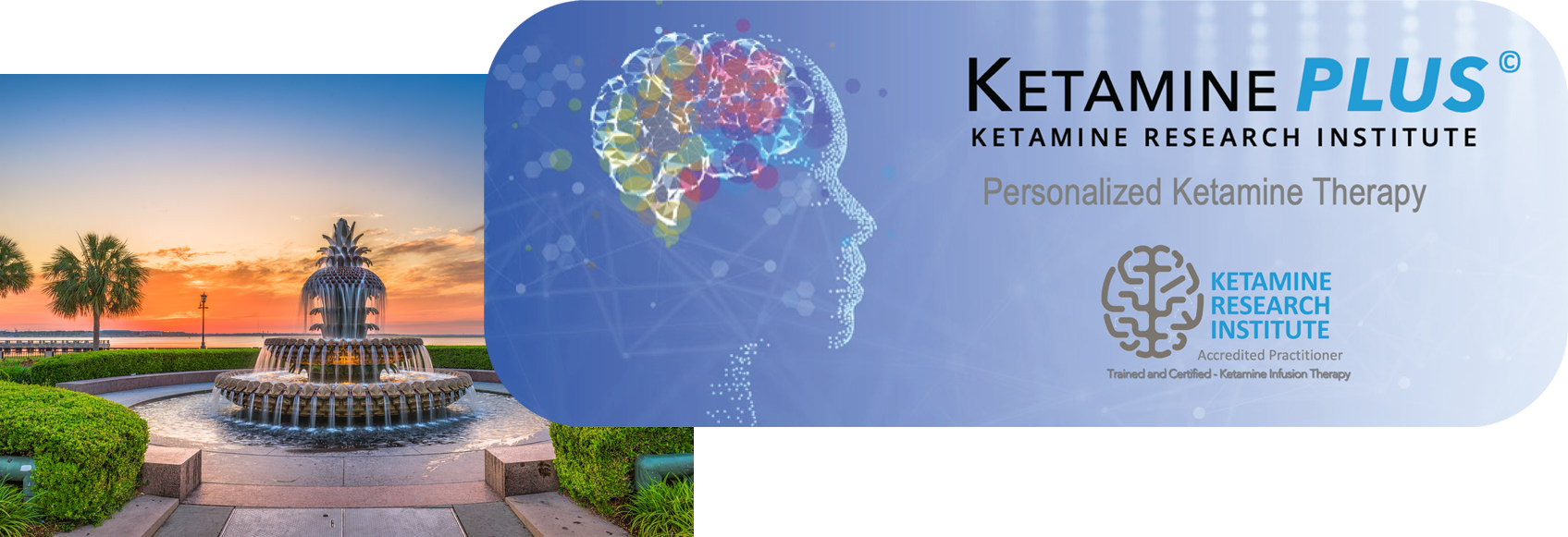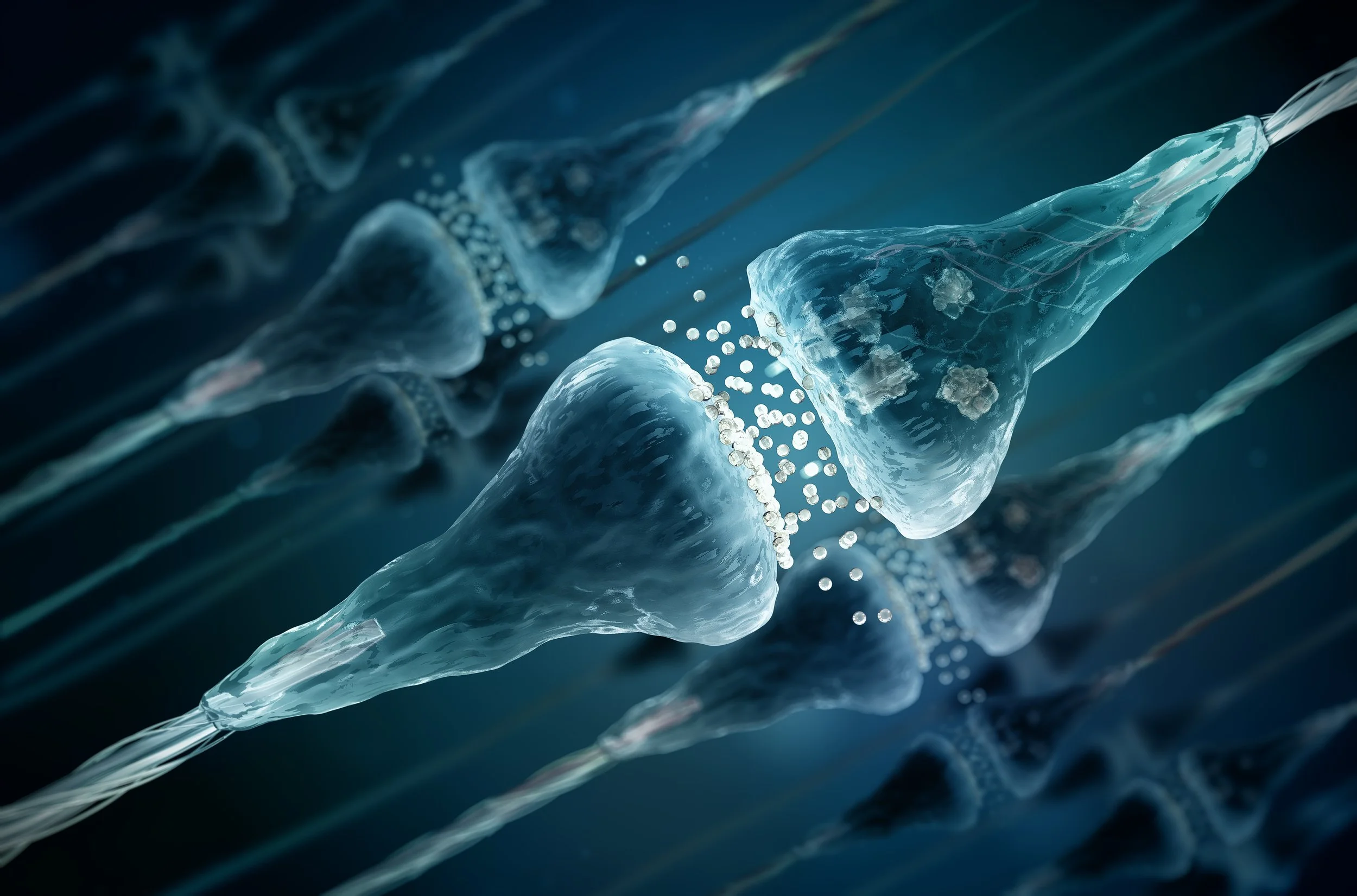Ketamine IV Infusion Therapy
Ketamine IV Infusion Therapy for Mood Disorders
A new way of looking at mood disorders. Why consider Ketamine?
“Recent studies report what is arguably the most important discovery in half a century: the therapeutic agent ketamine that produces rapid (within hours) antidepressant actions in treatment-resistant depressed patients.”
Duman and Aghanjanian: Yale University School of Medicine, Science magazine 2021
Now we know there is something radically different.
Depression is the leading cause of disability around the world. It’s a disease that gradually takes over your life. It doesn’t happen all at once. What may start as feeling tired or blue, progresses to complete physical and emotional exhaustion. You become irritable, have trouble focusing, disillusioned, hopeless and possibly suicidal.
The most commonly used antidepressant medications on the market are called selective serotonin re-uptake inhibitors (SSRI’s). It generally takes 4-6 weeks to get results with an SSRI, but only about one third of patients with major depression achieve remission after treatment with an SSRI. If the first doesn’t work, then most physicians will try another and then give it another month or two. Another one third may respond to multi-treatment options, but that then leaves another third with what is called “treatment resistant depression.” These folks will continue to feel disillusioned and now even more hopeless because they failed therapy.
Those patients who have failed two or more medications are perfect candidates for Ketamine infusion therapy. Ketamine infusions have proven effective in significantly improving symptoms in over 70% of ‘treatment resistant’ depressed patients.
Ketamine For Anxiety & Depression- Our Treatments
What is ketamine?
Ketamine and anti-depressants both target mood regulating chemicals in your brain, but that is the only similarity. The value of ketamine lies in the way it differs from other anti-depressants, and this could make the difference between life and death.
Ketamine has been around since the 1960’s. Up until recently, it was primarily used as an anesthesia medicine and was found to be extremely safe. In the operating room, it helps ease pain and helps sedatives work better and allows for fewer addictive pain medicines to be needed post-surgery. It has been called a ‘dissociative anesthetic’ because of its ability to make someone feel detached or disconnected from their body while it is administered. Interestingly enough, some patients who received IV ketamine reported feeling better after a procedure. Because of ketamine’s stellar safety profile, studies were undertaken to look into the possibility of using it to treat depression. Some would say the outcomes of these studies were quite remarkable, achieving greater than 70% remission in treatment resistant depression. It has also been found to help with anxiety, PTSD, chronic pain and even substance abuse. While it’s being used “off-label”, because as a generic it has not been submitted for FDA approval, the drug itself is FDA approved and millions of patients have had tremendous success in their treatment of mood disorders.
Ketamine infusion protocol
“To our knowledge, there has never been a report of any other drug or somatic treatment that results in such a dramatic rapid and prolonged response with a single administration.”
(Carlos Zarat, Chief of Experimental Therapeutics, NIH: National Institute of Mental Health)
Unlike conventional antidepressants, ketamine doesn’t need to build up in your system to be effective. Most patients experience relief after just one infusion.
Despite this, Ketamine isn’t a one and done treatment that cures your depression. Instead, it is a controlled therapy that aims to steadily restore brain function so you can experience complete and lasting symptom remission.
While the first infusion can be effective within hours of the infusion to reduce depression symptoms, these effects may last a few days to a week. A series of six infusions spread over 2 weeks can provide a more robust and prolonged relief, sometime lasting months.
Moving forward, some may need one every three to six months if symptoms begin to creep back in. Each individual will find their own sweet spot as far as the follow-up timing of these repeat infusions.
A typical ketamine infusion is provided under the direct care of Dr. Smith, who has been trained and certified by the Ketamine Research Institute. The infusion lasts for about 40 minutes, during which time you will be relaxing in the comfort of a nicely appointed private infusion room. In approximately 10 minutes, your body starts to feel heavy and you being to feel very relaxed and calm. Some people become very introspective, while others may see shapes and colors. No two people experience the same effects. You are never unconscious and will be closely monitored throughout the entire infusion. After the infusion you may feel a little weak or off balance, so you will spend another 30 minutes recovering, having a drink or snack if desired. Although you need a driver to take you home, most people feel fine for the remainder of the day but it’s best just to rest.
What are the possible side effects of Ketamine infusion?
Like any medication there are risk and side effects, especially when not used correctly. Ketamine infusion therapy administers small doses of the drug over a period of time, so the risk are minimal. Patients also receive monitoring by a highly trained physician at all times. Elevations in blood pressure and heart rate during an infusion are expected and therefore are monitored closely. Nausea is another potential, but can be easily treated. Dissociation and headache are other short term side effects. Liver and bladder injury have been seen in patients who abuse ketamine, however the dose given in IV therapy is no where close to the levels used recreationally, so this risk is very small.
Ketamine Infusion Cost:
Ketamine treatment is an investment. It’s an investment in yourself, in your future, in your family and in your wellbeing. Infusion costs will vary depending on the condition being treated. Some conditions like depression require a lower concentration of ketamine than other conditions such as pain. This is especially true because pain treatments usually require longer infusions lasting up to several hours.
Ketamine cost for depression and most mood disorders:
A typical infusion lasts 40 minutes and costs $400 per infusion. A normal treatment course is 6 infusions over 2-3 weeks.
The initial consultation may be covered under your insurance if we are in network with your insurance plan.
Ketamine cost for pain:
Infusions for pain are more individualized both in dosing and in duration. A typical series may range from 2 to 10 infusions. Because of the variations, a normal pain infusion cost may vary, but generally averages $700-$850.
The initial consultation may be covered under your insurance if we are in network with your insurance plan.
To make an appointment to see if IV Ketamine
is right for you
More Resources:
Harvard Medical School
- “Ketamine for major depression: New tool, new questions”
Yale Medical School
- “How Ketamine Drug Helps with Depression”
- “Yale scientists explain how ketamine vanquishes depression within hours
National Institute of Mental Health
- New Hope for Treatment-Resistant Depression
- Ketamine lifts depression via a byproduct of it’s metabolism
- Ketamine reverses neural changes underlying depression in Mice
Scientific American







